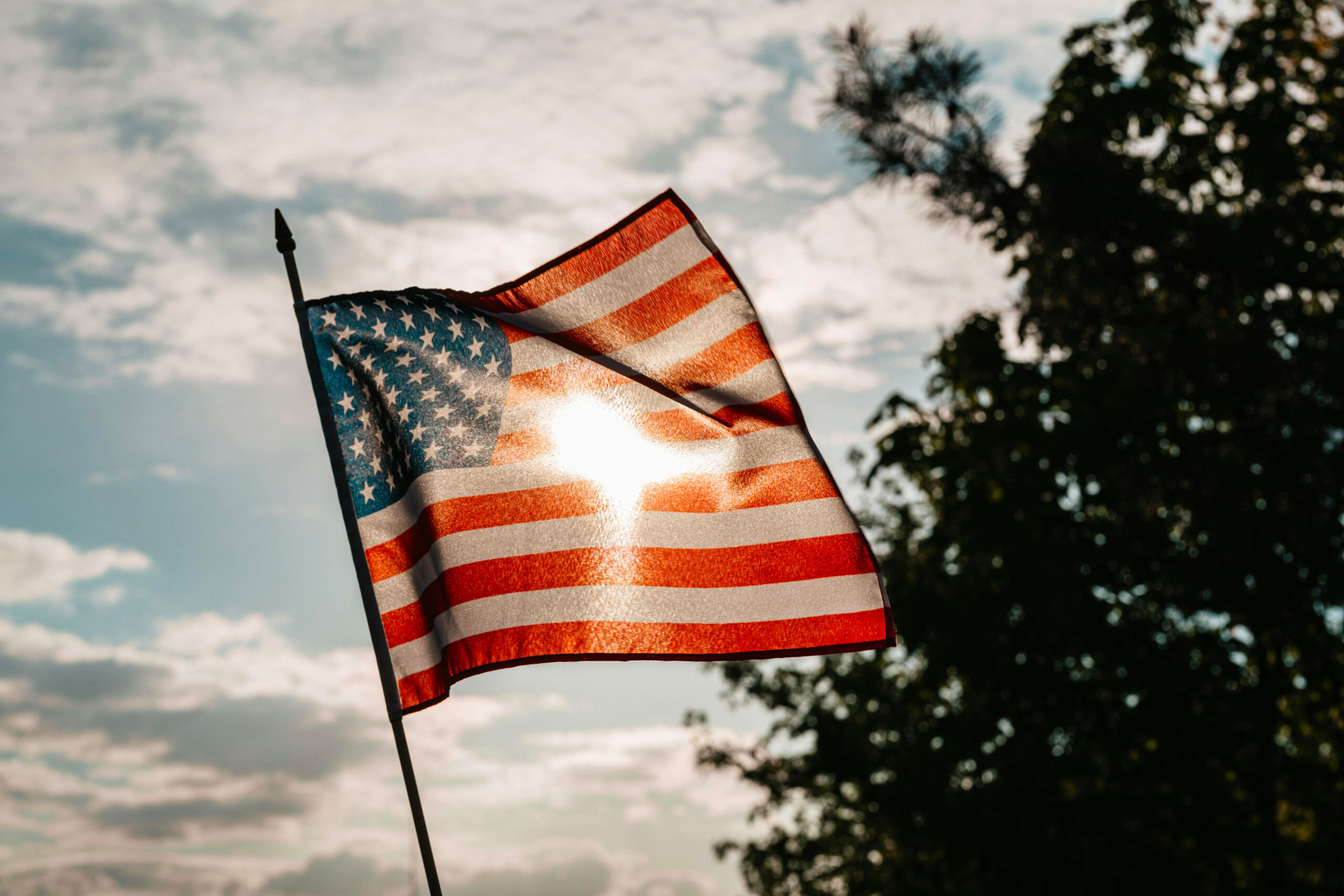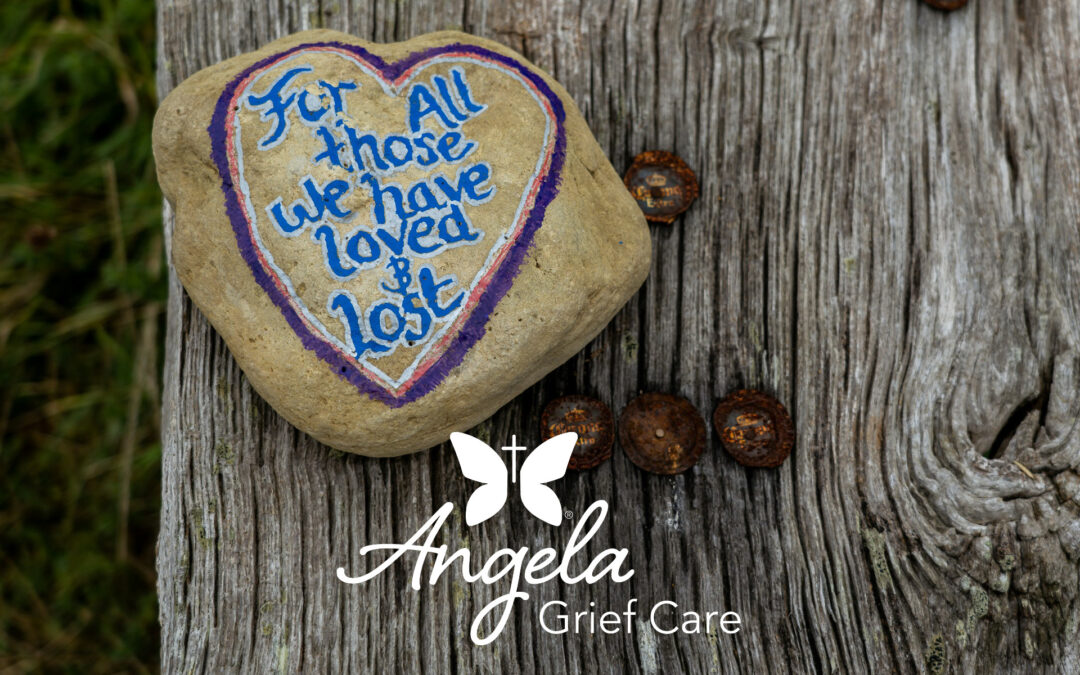Memorial Day was not an official holiday until 1971 after the Congressional mandate. Prior to that time, Memorial Day was considered Decoration Day. Many years after the Civil War ended (May 5, 1968), Union Veterans established Decoration Day which was devoted to decorating the graves of those whose lives were lost. With more war fatalities, the day expanded from honoring not only Civil War soldiers but to honoring all service men and women who lost their lives in the line of duty inclusive of all wars and conflicts. Memorial Day has evolved throughout the years with traditions and commemorations. Each year, the President or Vice President lays a wreath at Arlington National Cemetery at the Tomb of the Unknown Soldier.
There is an important distinction between Memorial Day and Veterans Day that can often cause confusion. Memorial Day is intended to honor those who lost their lives in the line of duty. Veterans Day is a time to thank veterans for their service. While honoring is an important part of both of these days, Memorial Day is not a day to thank veterans for their service. In fact, doing so may cause distress as the veteran may be suffering from survivor’s guilt, which is a condition of persistent mental and emotional stress experienced by someone who has survived an incident in which others died.
On Memorial Day, it’s common to see the red poppy which is recognized as a symbol of sacrifice many Americans and those overseas wore to honor World War I soldiers. The poppy flower flourished in Europe after World War I and inspired the poem by Lt. Col. John McCrae, “In Flanders Fields.” The American Legion brought recognition of the poppy to honor all wars through National Poppy Day. National Poppy Day is declared the Friday before Memorial Day, after the passage of House Simple Resolution 309.
On this and every Memorial Day, we invite you to join fellow Americans at 3pm EST in a moment of silence to honor and remember all who paid the ultimate sacrifice.






